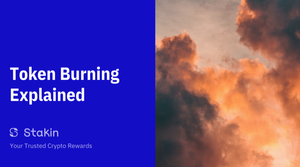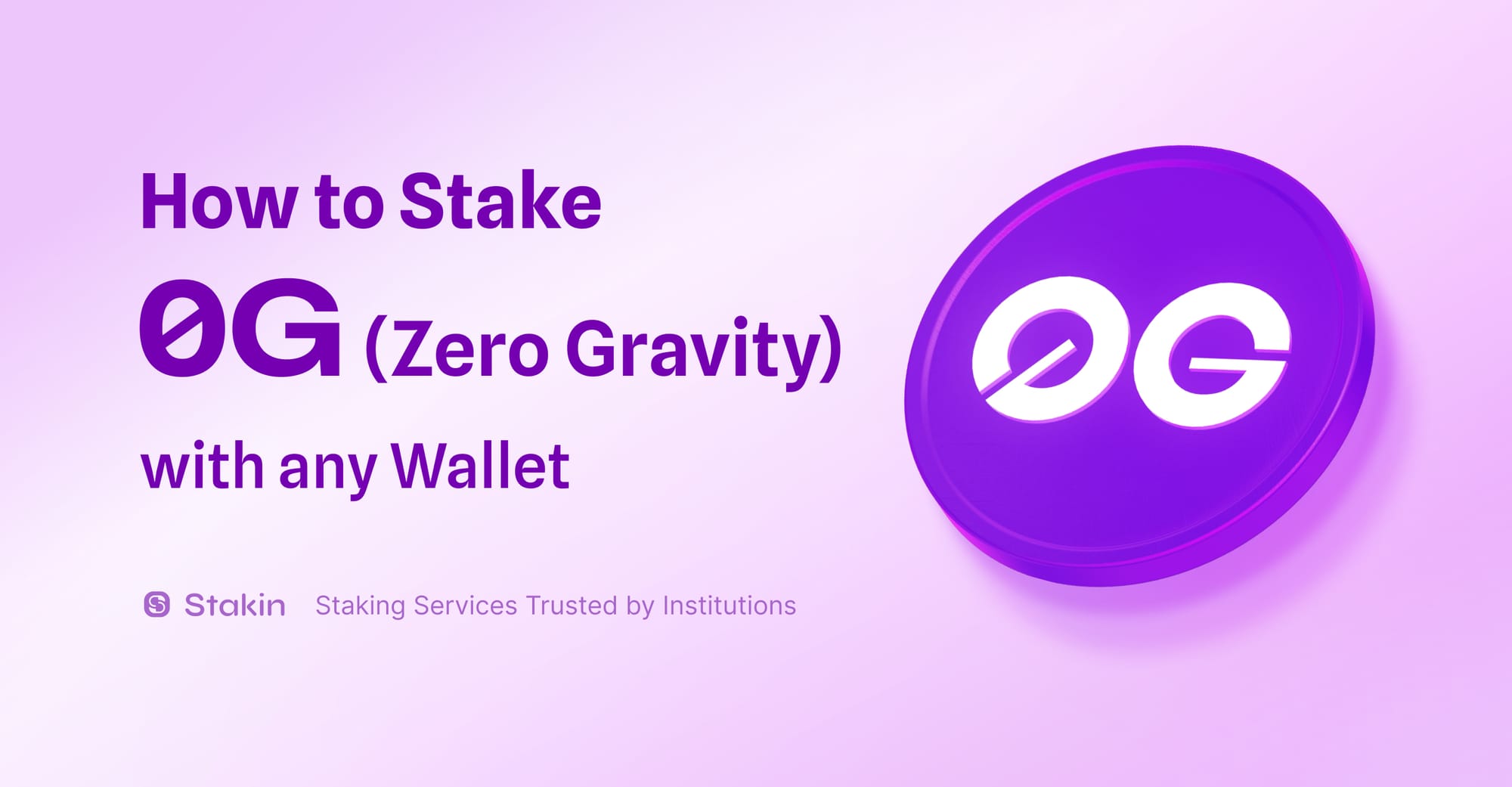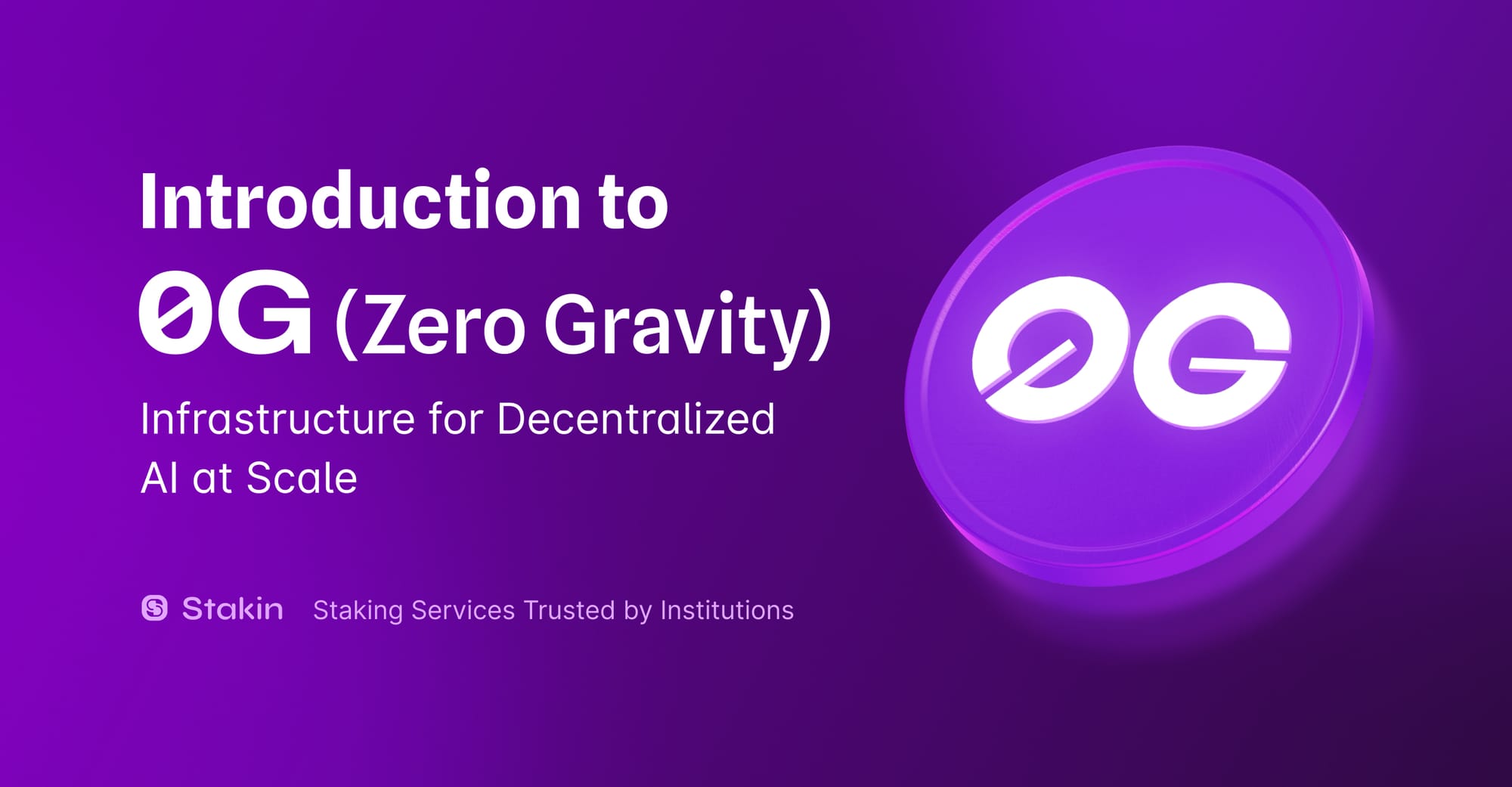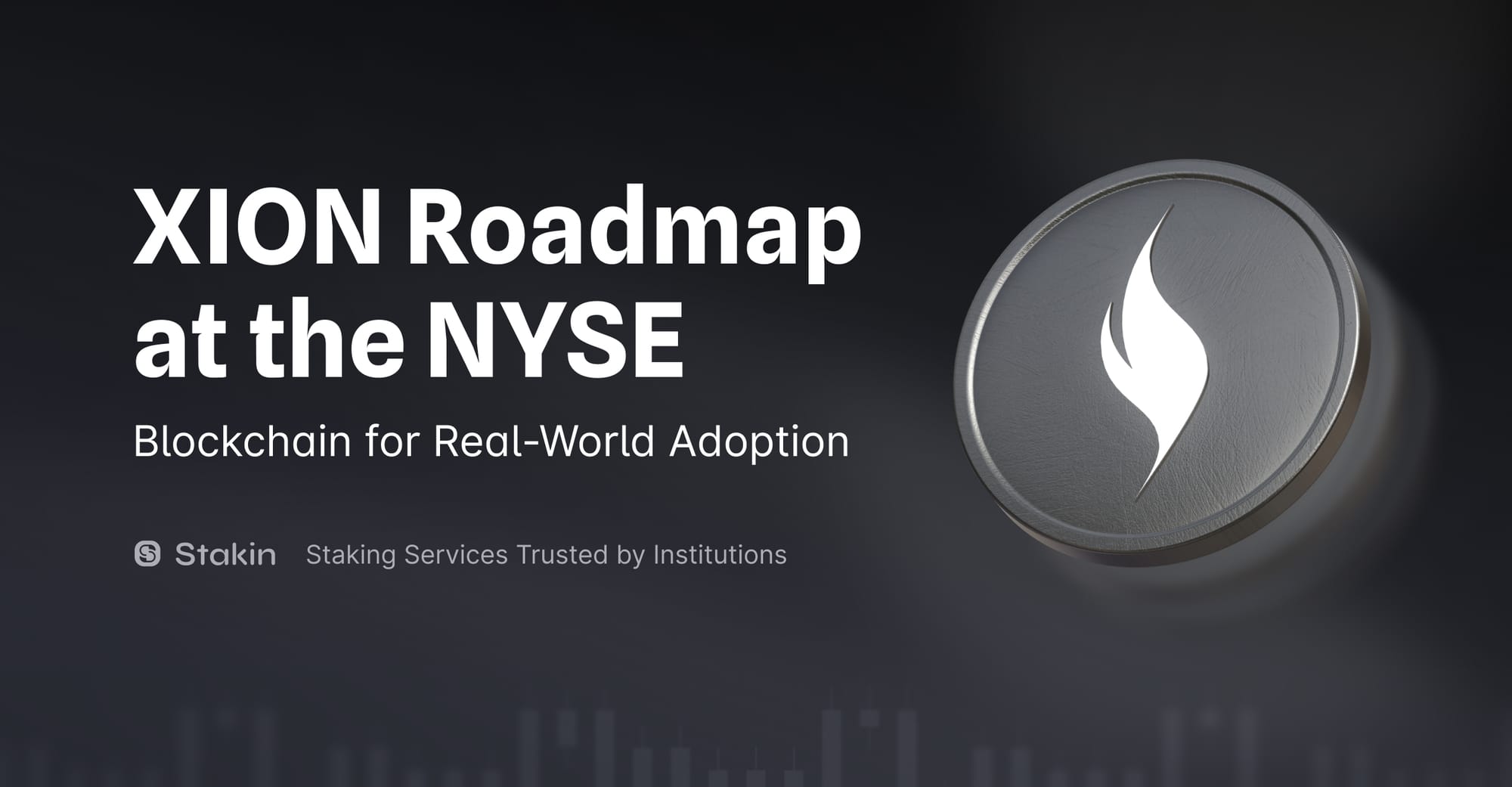Hi Readers👩💻,
We all know a network that has done some token burning. But it can be difficult to understand what exactly is the reason behind burning tokens and what the benefits for a blockchain network are. In this article, we’re explaining all you need to know about token burning.
🤩 What is Token Burning?
The phrase “token burning” sounds more dramatic than it actually is. Token burning doesn’t require any actual dissolving of digital assets. Those of you familiar with blockchain will probably know that it is impossible to disintegrate assets because the underlying protocol is fixed. The blockchain protocol’s history and data are all locked in blocks, so it can’t be altered in any way.
So, if nothing gets actually burned, then what happens? Tokens or assets are algorithmically taken out of circulation by sending signatures to a public address known as an “address eater”. As with any other address the keys to this address can’t be obtained by anyone and are private. In a nutshell, when you send assets to this address, they are unrecoverable and can’t be used anymore.
Assets that are burned are recorded on the blockchain transparent ledger system to make sure all nodes can see it and confirm that the coins are indeed “burned”.
In the case of token burning, it is possible to eliminate assets in a few different ways. For example, there are projects that execute a one-time burn after Initial Coin Offering (ICO); this helps to eliminate any assets that haven’t been sold. But it’s also common to burn assets periodically, based on the utility, size, and other variables.
For example, Binance handles periodic Coin Burn events through a smart contract function known as the burn function. The BNB burning events will take place quarterly until a total of 100,000,000 BNB is definitively destroyed, which corresponds to 50% of the total BNB in circulation (200,000,000 BNB). It is also possible for project developers to buy back their assets from exchanges and take them out of circulation by sending them to the “eater address”.
There are other protocols, such as the BURN token, which burn assets with each transaction. Whenever a party transacts using their native digital asset, they must pay a transaction fee. The transaction fee isn’t rewarded to miners but sent to be burned.
But burning tokens can also be to just fix a little problem, such as with Tether, who by accident, created $5 billion in USDT. To solve that issue, they quickly burned most of the tokens to make sure they didn’t destabilize the 1:1 peg with the US dollar. No matter the way assets get burned, they are removed from circulation, and you’ll never be able to use them again.
🧐 The reasons behind token burning
The most common reason for burning tokens is deflationary purposes. Most projects utilize it to make sure the value of their assets stays stable or accrues in value and therefore to create additional incentives for traders and holders.
All reasons to burn tokens are connected to the value it will have for the token holders. Often, protocols want to boost the value of each token by reducing the current supply. It’s all about supply and demand. If there are fewer coins available for sale and on exchanges than the individual token will be more valuable. That is often the reason that digital assets have a definite amount for circulation supply.
To incentivize ongoing support for their project, often the team behind a protocol tries to increase the value of each token holder’s current supply by limiting the number of assets that are distributed. It is the reason behind Binance’s periodic burn as we discussed earlier in this article.
For security tokens that give the holder a claim to dividends from a project, token burning functions closely to a traditional buyback of corporation shares. The assets are bought back at fair rates and then burned to increase the value of each holder’s token supply. There is even an option that assets can be bought back at market price, which means that stakeholders can stand to profit on the original purchase price.
There is also the option that tokens get burned to avoid spammed transactions and to add more security. This is the case with Ripple, who burn fees from every transaction to remove the incentive and overload the system for a quick profit and to protect against DDoS attacks.
🔥 Proof of Burn
Another use case for token burning is Proof of Burn (PoB). Some projects have created a consensus mechanism to verify transactions on the blockchain, based on users burning their tokens to gain mining rights. The way it works is simple, you restrict the number of blocks miners can verify to match with the number of tokens they’ve burnt; this then creates a virtual mining field that continues to grow as more tokens are burnt.
So, like the token supply, the number of miners will also be reduced. However, that causes problems because you’ll create a more centralized community. Too much capacity is given to large miners that can burn higher quantities of tokens at once. To avoid this problem, a decay rate is often used that effectively reduces the total capacity of individual miners.
✅ The advantages of burning tokens
So apart from being able to correct an error or removing tokens from circulation, what are the advantages of burning tokens? And more importantly, can you as a token holder really profit from burning tokens?
First, token burning can help to stabilize an asset’s value and curb potential price inflation. The stability that it gives investors is a greater incentive to hold the assets and keep prices even more favorable. Additionally, it keeps the network uptime and bandwidth healthy. Furthermore, token burns also give a sense of confidence and reliability. Which can be the main reason for burning at the beginning stages of a project’s assets. Networks also burn their unsold assets after the ICO to assure greater transparency for investors.
🕵️♂️ Conclusion
While it might seem very impressive or maybe even suspect at first, token burning is an effective method to manipulate the supply of a digital asset. Over time, it is likely that the blockchain world will adapt the mechanism for other aspects, as it is highly beneficial.
DISCLAIMER: This is not financial advice. Staking, delegation, and cryptocurrencies involve a high degree of risk, and there is always the possibility of loss, including the loss of all staked digital assets. Additionally, delegators are at risk of slashing in case of security or liveness faults on some protocols. We advise you to do your due diligence before choosing a validator.



